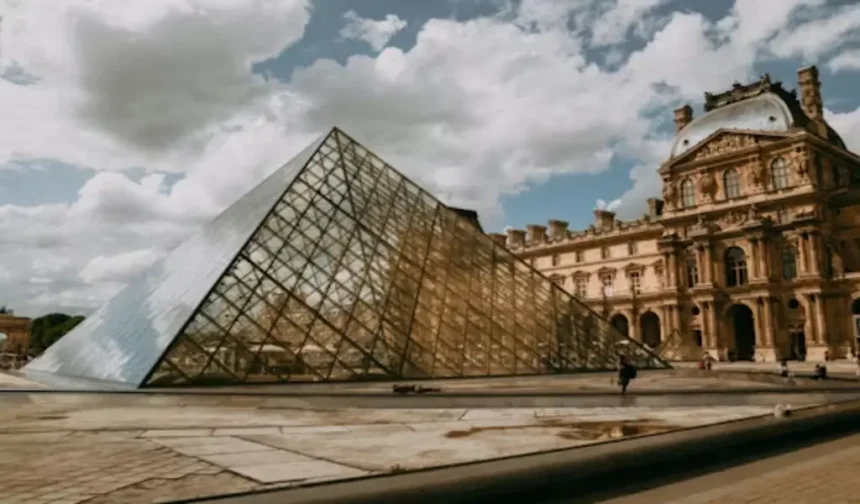What kind of art can you expect to find within the majestic walls of the Louvre? And when is the best time to embark on this adventure?
The Louvre is like a giant time machine. Whisking you through history with its diverse collection. From ancient Egyptian artefacts to Renaissance masterpieces. There’s something for everyone to marvel at. Read more on https://hellspin.com/
Ancient Treasures:
Travel back thousands of years. And take in the exquisite jewels, mummies, and statues of pharaohs.
Renaissance Extravaganza:
Bask in the splendour of Michelangelo’s sculptures. Wonder at the majesty of Da Vinci’s “Mona Lisa,” and peruse the works of Raphael and Titian.
European Art:
Stroll through hallways lined with paintings by Delacroix, Rembrandt, and Vermeer, each of whom narrates a distinct tale of tragedy, passion, and victory.
Decorative Arts:
Take in the stunning pottery, priceless tapestries, and fine furniture that provide a window into the affluent past lives of people.
Islamic Art: From gorgeous calligraphy to spectacular tiles and fabrics, immerse yourself in the elaborate patterns and vivid hues of Islamic art.
When to Visit the Louvre?
Choosing the best time to visit the Louvre can enhance your experience and help you make the most of your journey through art history.
Off-Peak Seasons:
Think about going in the shoulder seasons of spring (March to May) or fall (September to November) to escape the crowds and long lineups. You’ll feel less hurried and more free to take your time browsing and enjoy the art.
Weekends vs. Weekdays:
Weekdays are usually quieter than weekends, so choose a Tuesday or Wednesday for your visit if you’d rather be in a calmer place. You can also increase your chances of getting tickets by avoiding weekends.
Early Mornings or Late Afternoons:
You can enjoy a more sedate experience and appreciate the art without having to squeeze past throngs of people if you arrive early in the morning or late in the afternoon. You will also enjoy the extra benefit of seeing the museum illuminated by a gentle, golden glow.
Special Exhibitions: Throughout the year, the Louvre hosts a number of special exhibitions and events. Be sure to keep a lookout for them. These can present new perspectives on the museum’s extensive collection and offer distinctive insights into particular artists, eras, or themes.
How Much Time and Energy to Dedicate?
Exploring the Louvre is a marathon, not a sprint. With over 35,000 works of art spread across 72,735 square meters, it’s impossible to see everything in one visit. Here’s how to pace yourself for an enjoyable experience:
Plan Your Route:
Before you arrive, take some time to research the museum’s layout and decide which artworks or exhibits are a priority for you. This will help you navigate the vast collection more efficiently and ensure you don’t miss any must-see pieces.
Take Breaks: Don’t try to see everything in one go. Pace yourself by taking regular breaks to rest and recharge. Grab a coffee at one of the museum’s cafes, or step outside to enjoy the beautiful surroundings of the Louvre’s courtyard.
Concentrate on Highlights:
Give priority to the museum’s most notable exhibits and famous pieces of art rather than attempting to view every painting or sculpture. Remember to take a moment to appreciate the building’s architectural splendour, which includes the elaborate features on the ceilings and staircases as well as the imposing Pyramid entrance.
Be Adaptable:
Remember that some of the most fulfilling experiences can come from unanticipated discoveries. Give yourself permission to stray and trust your gut, even if it means changing course from your initial plan. You never know what kind of undiscovered treasures you might find!
Related News:
Travel Thailand in a Smarter Way with eSIM
The opinions or information expressed in this press release are solely those of the authors and do not necessarily reflect the views of the Chiang Rai Times. For more information on our sponsored content policy Click Here














